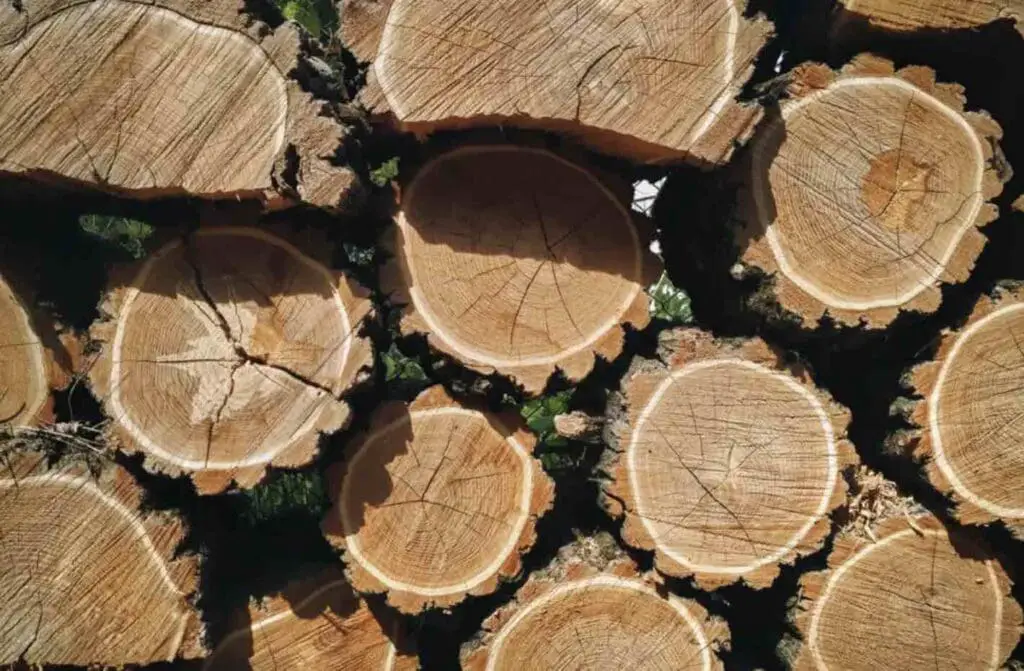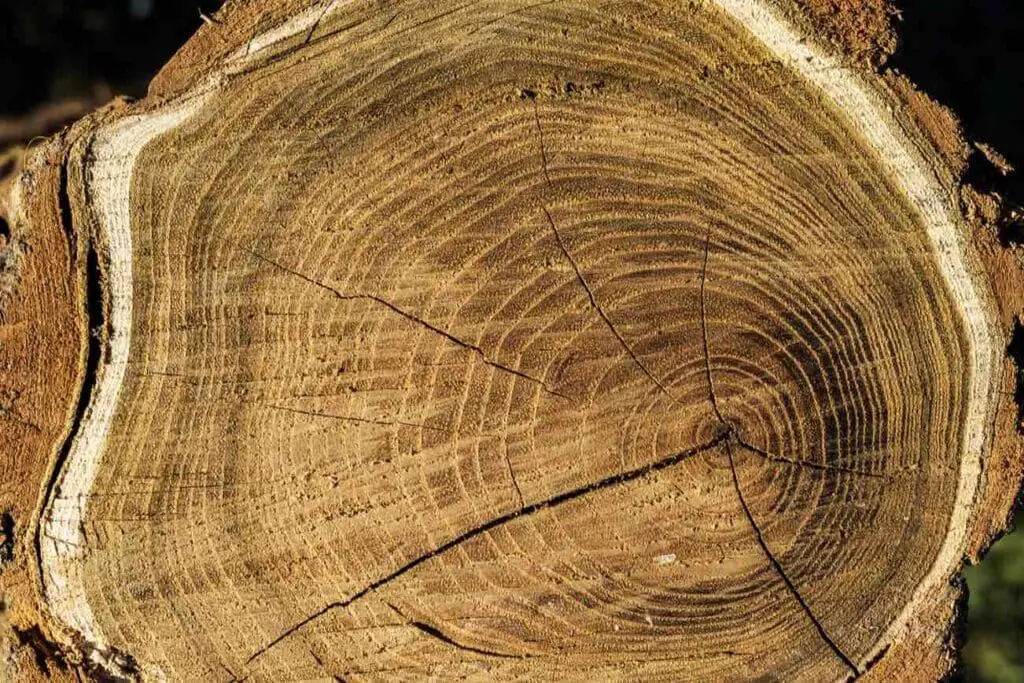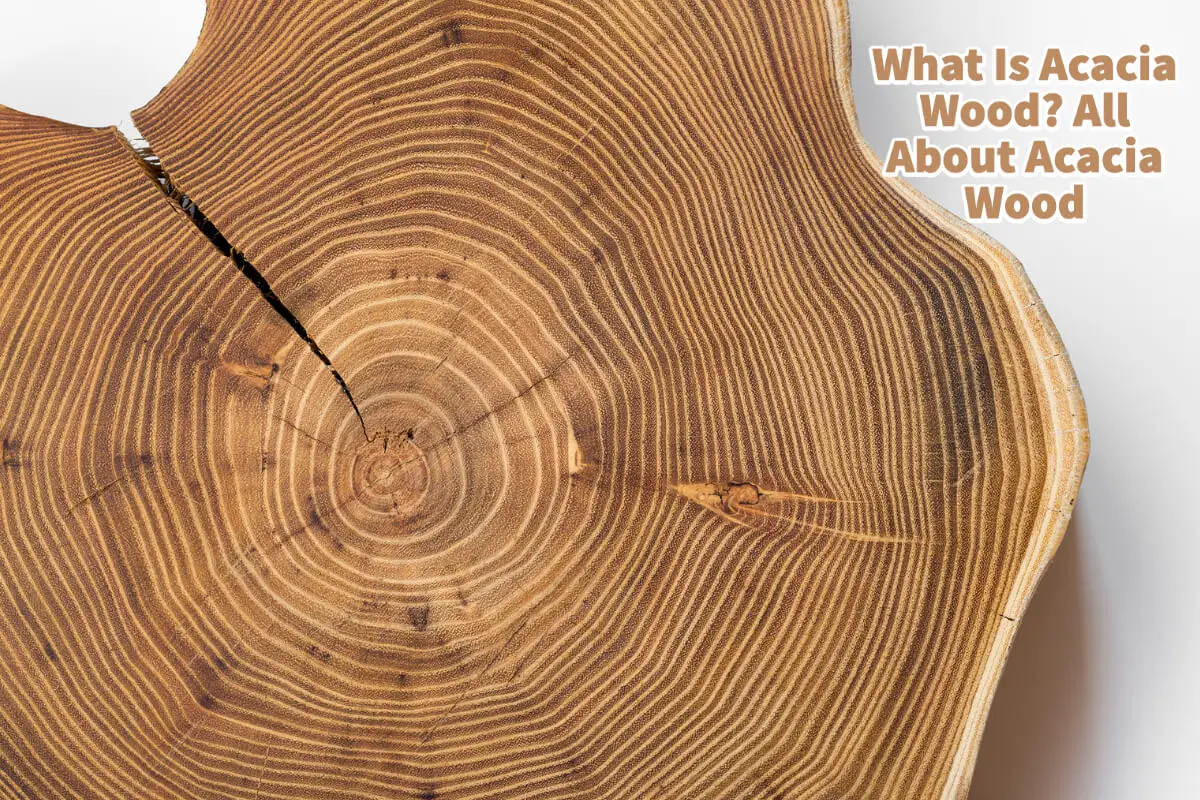Acacia wood, synonymous with strength, adaptability, and aesthetic appeal, has etched its unique position in multiple domains, from crafting elegant furniture to its role in food processing.
Acacia is celebrated for its vibrant color spectrum, unique tactile nature, and formidable resilience; Acacia wood emerges as a favored selection for countless artisans and producers. Journey with us as we explore the intriguing realm of acacia wood, shedding light on its attributes, roots, and the foundations of its widespread acclaim.
Table of Contents
- The Allure Of Acacia Wood: Beauty And Durability Combined
- Expanded Uses Of Acacia Wood
- Related Content
The Allure Of Acacia Wood: Beauty And Durability Combined
Acacia wood, which resonates with durability, versatility, and beauty, has carved its niche in various industries, from furniture-making to food production. Known for its deep and rich color palette, distinctive texture, and unparalleled strength, acacia wood is a choice material for many artisans and manufacturers.
Let’s delve into the fascinating world of acacia wood, uncovering its characteristics, origins, and the reasons behind its popularity.
What Is Acacia Wood?
Acacia is a genus of shrubs and trees belonging to the family Fabaceae. With more than a thousand species distributed across the globe, acacia trees are native to tropical and subtropical regions, although they can be found in various climates.

These trees are known for their resilience, often thriving in challenging environments where many other plants would falter.
Where Is Acacia Found?
Acacia trees flourish in various parts of the world, with a concentrated presence in Australia, Africa, the Americas, and Asia. Due to its widespread distribution, different acacia wood species are harvested from different regions, each with unique characteristics.
For instance, the Hawaiian Koa, a prized species, originates from the Hawaiian Islands. This wood is renowned for its rich colors and is often used to craft musical instruments, especially ukuleles, and guitars, because of its tonal properties.
On the other side of the world, Australian Blackwood is cherished for its similar aesthetic appeal and is widely utilized in the furniture industry.
Characteristics Of Acacia Wood
Acacia wood has a lot of excellent characteristics that make it an excellent wood to be used for all kinds of production. At Mondoro, we use acacia wood a lot for our furniture manufacturing in Vietnam.

Here are some of the significant characteristics of Acacia wood:
Strength:
One of the most defining traits of acacia wood is its strength. This hardwood is incredibly dense, making it resistant to scratches and dents. This characteristic makes acacia ideal for heavy-duty applications like flooring and outdoor and indoor furniture.
Its natural resistance to water and decay further extends its lifespan, offering users long-lasting durability.
Color:
Acacia’s beauty often lies in its color. Freshly cut acacia can range from a light amber or yellow hue to a medium golden brown. However, with time and exposure to light, its color deepens.
Aged acacia tends to sport a reddish or profound brown hue, giving it a regal appearance much sought after by artisans and homeowners alike.
Texture:
The texture of acacia wood can be as intriguing as its color. In general, acacia boasts a medium to coarse texture. While many hardwoods have a regular and predictable grain, acacia is unique.
Its grain can be straight in some instances, while it takes on a more curvaceous form in others. This unpredictability adds to its charm, ensuring that no two pieces of acacia wood furniture or craft are identical.
Expanded Uses Of Acacia Wood
Acacia wood, with its notable combination of resilience and captivating visual appeal, has increasingly found favor across diverse sectors:
Furniture:
Acacia’s inherent qualities position it as a premier selection in furniture. Not just limited to dining tables and bed frames, the wood’s robust nature and lustrous finish make it ideal for outdoor furnishings, cabinetry, and even bespoke wooden art pieces.
Its resistance to common ailments that plague other woods, like termites and decay, further solidifies its reputation in furniture craftsmanship. Proper care of furniture crafted from acacia promises longevity, often becoming heirloom pieces passed through generations.
Architecture:
Architects and interior designers laud acacia wood for its multifaceted advantages. The wood’s warm tones effortlessly create inviting spaces in homes or commercial environments.
Acacia wood flooring is a nod to luxury and a testament to the durability of handling foot traffic gracefully. Beyond flooring, acacia wood beams, doors, and moldings offer a synthesis of strength and beauty, enriching the architectural anatomy of spaces.
Food Additives:
The versatility of acacia extends beyond mere construction and aesthetics. Gum Arabic, a sap derived from specific acacia species, is a prized substance in the food sector. Acting as a stabilizer, it’s a key ingredient in several food products, from confectioneries to beverages.
This gum also plays pivotal roles in the pharmaceutical and cosmetic industries, showcasing acacia’s adaptability and multifunctional nature.
Decorative Objects:
Artisans are continually drawn to acacia wood for its characteristic grain patterns and spectrum of hues. The wood becomes a canvas, with each grain narrating a tale and every shade adding depth.
Whether sculpted bowls, ornate wall hangings, or even intricate jewelry, acacia wood’s charm transforms everyday items into statement pieces. Its unpredictable grain ensures that no two creations are identical, presenting a unique identity to each piece.
The widespread applications and timeless allure of acacia wood underscore its esteemed position in multiple industries. Its harmonious blend of function and form continues to inspire craftspeople, designers, and wood enthusiasts alike.
For those pursuing materials that seamlessly merge longevity with aesthetics, acacia wood stands out, affirming that nature, in her generosity, provides us with purposeful and beautiful resources.
If you are looking for acacia wood or any wood products to manufacture in Asia, Mondoro would love to help you.
Find out more about how Mondoro can help you create, develop, and manufacture excellent home decor and furniture products – don’t hesitate to contact me, Anita. Check out my email by clicking here or become a part of our community and join our newsletter by clicking here.
Mondoro gives out a FREE Lookbook to anyone interested. You can receive a copy of our latest Lookbook by clicking here.
Listen to our Podcast called Global Trade Gal. You can find it on all major podcast platforms. Try out listening to one of our podcasts by clicking here.
Subscribe to our Mondoro Company Limited YouTube Channel with great videos and information by clicking here.
Related Content
Why Is It So Hard To Find Solid Wood Furniture Manufacturers?
Locating trustworthy solid wood furniture manufacturers can be an intricate endeavor for retailers and wholesalers. The task’s complexity is rooted in many factors related to solid wood furniture’s production and manufacturing procedures. Read on as we explore the complex task of the search for solid wood furniture manufacturers and how Mondoro can help you.
You can discover more by reading Why Is It So Hard To Find Solid Wood Furniture Manufacturers? by clicking here.
Is There A Market For Reclaimed Wood?
The reclaimed wood method minimizes waste, decreases the necessity for new lumber production, and conserves the timber’s innate allure and historical essence. Moreover, reclaimed wood comes in various types, each possessing unique attributes and rich narratives. Characteristics such as weather-worn patinas, nail indentations, saw traces, and various other blemishes enhance the charm of reclaimed wood, making it a treasured choice among designers and builders.
You can discover more by reading Is There A Market For Reclaimed Wood? by clicking here.
What Is Solid Wood vs. Engineered Wood?
Solid wood is cut down from the tree, cut into wood boards, and used for manufacturing. On the other hand, engineered wood is considered manmade as it is usually manufactured with wood chips, wood shavings, and an adhesive. Today the manufacturing of engineered wood is extremely technical.
You can discover more by reading our blog All About Teak Wood And Outdod? by clicking here.


